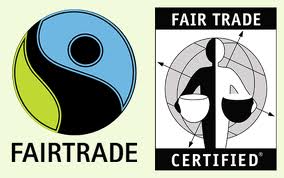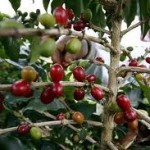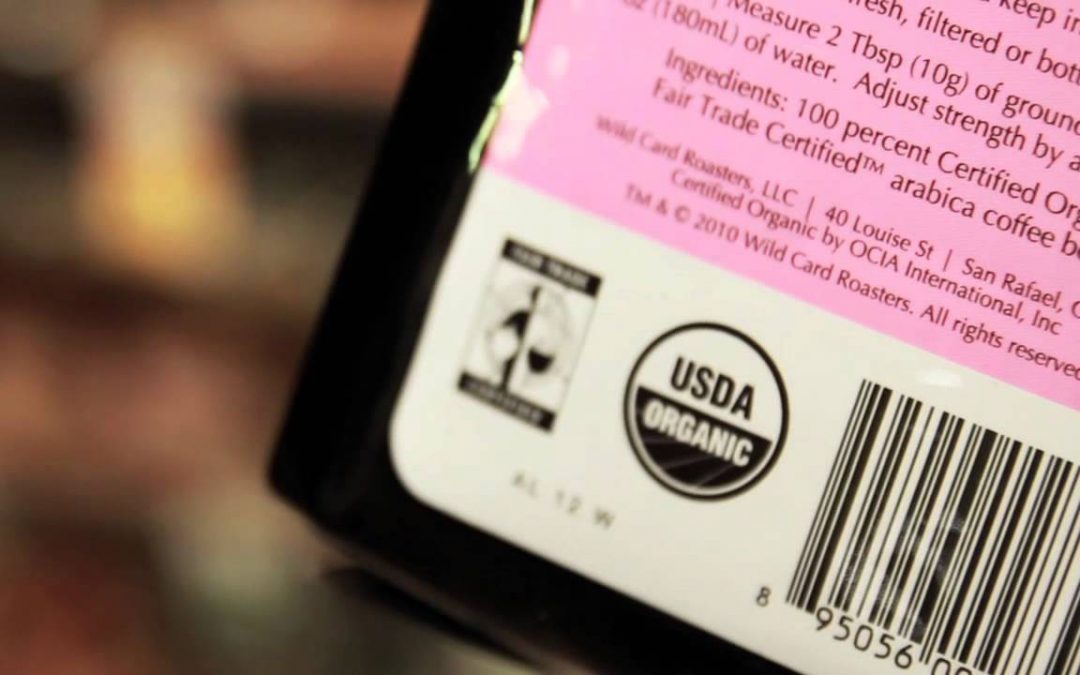Fair trade facts and fair trade myths are all over the internet. I hope to clarify much of it today. Over the past few weeks, we’ve examined many of the reasons people state for adopting a farm-to-table attitude about their food.

First I asked, What Does Farm To Table Mean To Me? and tried to bring forward the many reasons why you should start thinking about the sources of your food.
- The safety of your food
- How food is grown and harvested
- How food is stored and transported
- How food is processed and packaged
- How food is advertised and sold
- Where your food comes from
- How animals are treated
- What chemicals are used for fertilizer
- What antibiotics or steroids are added
- How foods are genetically modified
- The nutritional value of foods
- The rising cost of food
- How a farm contributes to, or takes from the earth
Showing concern for any of these reasons may make you a locavore, someone who eats locally. Perhaps you’ve come to realize that sustainable food will have less impact on future generations.
No matter which of these reasons have changed your thinking, the effect becomes the choices that you put on your plate. These decisions affect you and your family.
However, your food decisions reach far beyond your own kitchen and the people who eat there. The choices you make can mean the health of our local farmers, or the growth of corporations and the decline of groups that actually grow the food.
Fair Trade simply means that the actual producer of the item is compensated fairly. This is the type of trade that give farmers a path from poverty by guaranteeing fair prices and the sustainability of their farms. This, in turn gives producers the opportunity to invest in their communities.
Fair Trade Facts and Principles:
- A Fair Price – a guaranteed minimum price on their goods.
- Fair Labor Conditions – a safe workplace, no child labor…
- Direct trade – reducing the middle man effect on profits
- Democratic organizations – farmers collectively decide
- Community development – helps build schools, hospitals, education
- Environmental sustainability – no harmful chemicals or GMOs
Since your food vote is counted with your food dollars, every time you see the fair trade logo you can be assured that your dollars are going to the people who actually did the work to bring that item to your home.
Fair Trade USA talks about voting with your dollars in this 1:30 video:
 Here’s a simple comparison. If you buy broccoli at the local supermarket that is from a far away country, think about how many people are getting a “cut”. Once planted, watered, cared for, harvested and packaged, it leaves the farm. There’s a shipping company, a distributor, a central warehouse, then transport to your store who must make a profit as well. What tiny part of the selling price actually goes to the farmer?
Here’s a simple comparison. If you buy broccoli at the local supermarket that is from a far away country, think about how many people are getting a “cut”. Once planted, watered, cared for, harvested and packaged, it leaves the farm. There’s a shipping company, a distributor, a central warehouse, then transport to your store who must make a profit as well. What tiny part of the selling price actually goes to the farmer?
Or, buy your broccoli at the local farmers market. You hand 100 percent of the dollars for the broccoli to the guy that grew and picked the broccoli. That’s fair trade.
This becomes harder to track if you’re buying international goods. The smaller your foodshed, the more likely you are to be practicing fair trade purchasing already.
Is this just another “foodie” catch phrase or do you really have concern for the well-being of the farmers who grow your food? Do you think they use “Fair Trade” as an excuse to make things more expensive? Please comment below:


This is my 4th summer getting my Christmas package every week from my CSA farmer, what a treat it has been. It begins again next week. I have to go to the farm in winter to get the eggs but well worth it . I am also able to get chickens and pork at various times. The chickens don’t have legs that break at the slightest touch and the pork is marbled so it doesn’t taste like sawdust.
Georgie
Hey Georgie!
Some people don’t think better food is worth the effort. I know it takes more effort to actually go to the farm for your eggs, but I think it’s always worth it. By the way, these are the people who spend hundreds per month on their car payment, but an extra mile or dollar for eggs is too much.
Then, apply good cooking methods to superior ingredients and you’re really eating well!
Very important to practice Fair Trade,,since it has so much to do with local farming efforts. Just like not buying products from China,,,better to support local farming and know where your food comes from. You have some control over the food source this way,,and the local farmer knows his efforts are being supported by local consumers. Everybody wins !!
You’ve summed it up perfectly, Wayne. The farmers market holds better health for you, your community, AND your farmer.
While I agree that to be a locavore is desirable, I can’t help but remember my days living in the Upper Peninsula of Michigan. Unless you had a large freezer (we didn’t) or canned (my culinary skills were practically non-existent), one could only be a locavore for a couple of short months. Most fruits did not have enough time to grow (except raspberries). However, if you were a heavy into being a carnivore and could afford the equipment (rifle, ammo, compound bow, arrows, traps, etc.) you could eat well locally. Neither my spouse nor I, though, were hunters. If we wanted to eat, it was from non-local foods. I’m sure there are a large number of other areas (Rockies, the NE, for example) that have very short growing seasons.
That’s an excellent point, Terri. You can only eat local when things are growing locally. Or, you can freeze or can fresh items for the winter. That’s how those early “Yuppers” did it. These concepts of eating locally are a goal to pursue, an ideal. I don’t want people who live in the Rockies to starve! If you can’t find local, perhaps you can find regional, or even just US. But, international produce is where I draw the line.